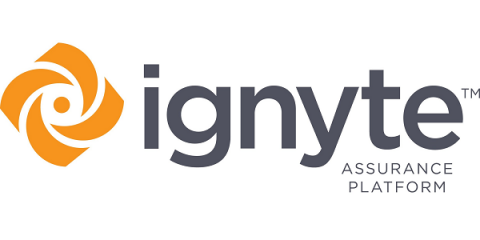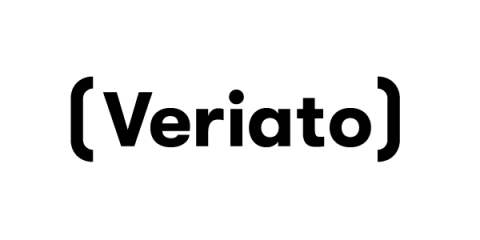Benefits of a Secure Software Development Life Cycle (SDLC)
The software development life cycle abbreviated SDLC, is a term used for the process of developing, altering, maintaining, and replacing a software system. SDLC is comprised of several different phases, including planning, design, building, testing, and deployment. In Secure SDLC, security assurance is practiced within in each developmental phase of the SDLC. Throughout each phase, either penetration testing, code review, or architecture analysis is performed to ensure safe practices.









